The poverty rate has decreased sharply, people's lives in many disadvantaged areas have gradually improved, essential infrastructure has been invested, and social security has been increasingly ensured. However, in addition to the remarkable results, poverty reduction work still faces a series of new challenges, especially the risk of falling back into poverty and poverty arising in the context of climate change, natural disasters, epidemics and rapid shifts in the labor market.
Faced with the new requirements of the development stage, the Party and the State have determined that poverty reduction is not only a socio-economic goal, but also a long-term political task with profound humanity. The Resolution of the 13th National Party Congress emphasized the goal of multidimensional, inclusive and sustainable poverty reduction, considering people as the center and subject of development. Directive No. 05-CT/TW of the Secretariat (13th tenure) continues to require strengthening the Party's leadership in sustainable poverty reduction until 2030, affirming the important role of propaganda and raising awareness to create consensus in the whole society.

The information gap between people and policies is gradually narrowing, contributing to bringing the Party and State's policies into life in a practical way.
In that context, communication on poverty reduction plays an increasingly key role. Not only does it help people understand support policies, but it also contributes to changing their mindset, arousing the spirit of self-reliance and self-improvement; at the same time, promoting the participation of the whole society in caring for and accompanying the poor.
The effectiveness of poverty reduction policies depends largely on people's access to information. In fact, many poor households, especially ethnic minorities and people in remote areas, have limited understanding of policies. This directly affects their ability to receive support or participate in livelihood models.
Understanding that reality, the Central Government has directed ministries, branches and localities to strengthen communication in the direction of diversifying forms, expanding scope and improving content quality. Mainstream media channels such as newspapers, radio - television, and grassroots broadcasting systems are always the main force. Many localities have invested in smart broadcasting systems, broadcasting in two languages (Vietnamese - Mong, Vietnamese - Dao, Vietnamese - Khmer...) for people to easily access.
Along with that, modern communication methods such as social networks, mobile applications, and commune-district electronic information portals have been widely applied. Many localities have built community Zalo groups and "Questions and Answers on poverty reduction policies" sections to help people look up loan procedures, register for vocational training, or report problems right at their localities.
Thanks to that diversification, the information gap between people and policies is gradually narrowing, contributing to bringing the Party and State's policies into life in a practical way.
Innovation in thinking
One of the important focuses of poverty reduction communication today is to change people's awareness, especially poor households, about their role as subjects in economic development and poverty reduction. The State supports, but people must be at the center of the change process.
Therefore, communication work focuses on emphasizing 4 factors including: No waiting, no dependence; Conditional support - instructions on how to do; Encouraging self-reliance; Promoting local advantages. Thanks to changing thinking, people are more proactive and confident when receiving policies or building new livelihood models.

Thanks to the strong participation of the political system and the efforts of the people, the multidimensional poverty rate nationwide continues to decrease year by year.
Sustainable poverty reduction is always associated with the cooperation of the whole society. The media plays an important role in spreading effective support models, thereby replicating them in many other localities.
The “For the Poor” movement continues to receive strong support from businesses, unions, religious organizations and people across the country. Many meaningful programs are communicated and spread to become a great source of inspiration, encouraging the community to continue to accompany local authorities in poverty reduction work.
According to the Government 's report, thanks to the strong participation of the political system and the efforts of the people, the multidimensional poverty rate nationwide continues to decrease year by year. Many remote and isolated areas have for the first time had a group of households escape poverty sustainably thanks to effective production models and close guidance from the government.
These results show that when communication is well organized – complete, timely, and focused – policies will effectively enter life.
Towards 2030, the goal of the Party and State is to build a sustainable social security system, ensuring that all people benefit from the fruits of development. To do this, communication work needs to continue to innovate, modernize, increase interactivity and be suitable for each target group.
In the new context, when poverty reduction is not only about solving income shortages but also about solving service access shortages, capacity shortages, and development opportunities shortages, the role of communication becomes more important than ever.
Correct, sufficient and effective communication will help bring the Party's policies closer to the people, at the same time change awareness, promote the spirit of the poor, mobilize the consensus of the community, businesses and the whole society and ensure that poverty reduction work is carried out transparently, fairly and sustainably.
This is the foundation for Vietnam to move towards the goal of multidimensional, inclusive and sustainable poverty reduction, so that every person – regardless of region – has the opportunity to rise up and develop.





![[Photo] General Secretary To Lam receives Vice President of Luxshare-ICT Group (China)](https://vphoto.vietnam.vn/thumb/1200x675/vietnam/resource/IMAGE/2025/11/15/1763211137119_a1-bnd-7809-8939-jpg.webp)

![[Photo] Prime Minister Pham Minh Chinh meets with representatives of outstanding teachers](https://vphoto.vietnam.vn/thumb/1200x675/vietnam/resource/IMAGE/2025/11/15/1763215934276_dsc-0578-jpg.webp)
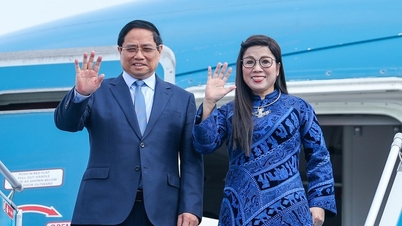

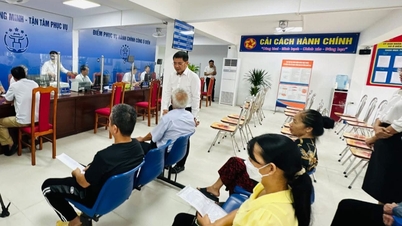










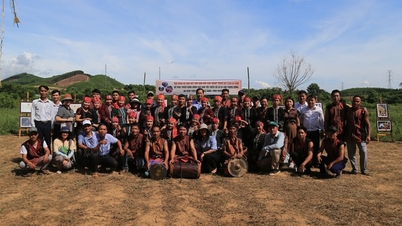
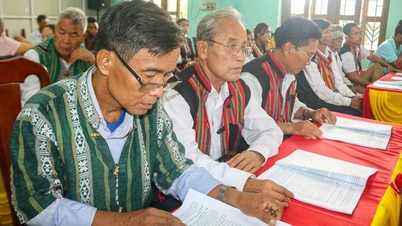
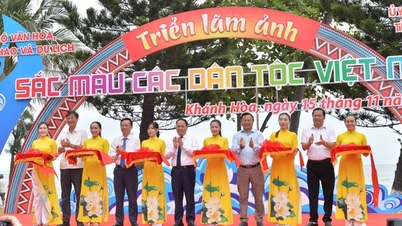
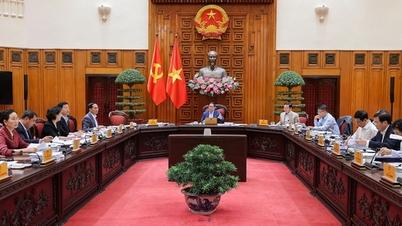













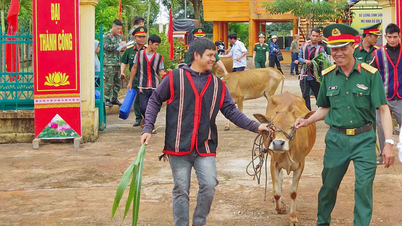







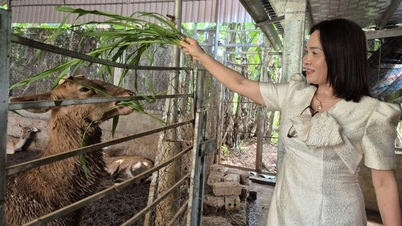






























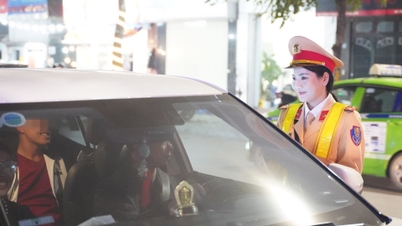



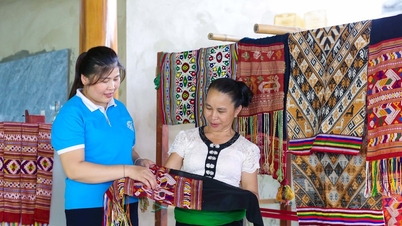















Comment (0)